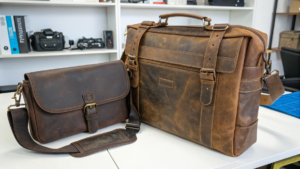How Do I Choose the Right T-Shirt Printing Company?
Are you feeling overwhelmed by the endless options for T-shirt printing? Many buyers focus on price, but that is a trap in today's crowded market. You need a partner, not just a vendor.
Choosing the right T-shirt printing company goes beyond price; it requires evaluating print consistency, scalability, fabric sourcing, communication, and brand alignment. A good company acts as a strategic partner, ensuring your T-shirts accurately represent your brand's vision and quality.
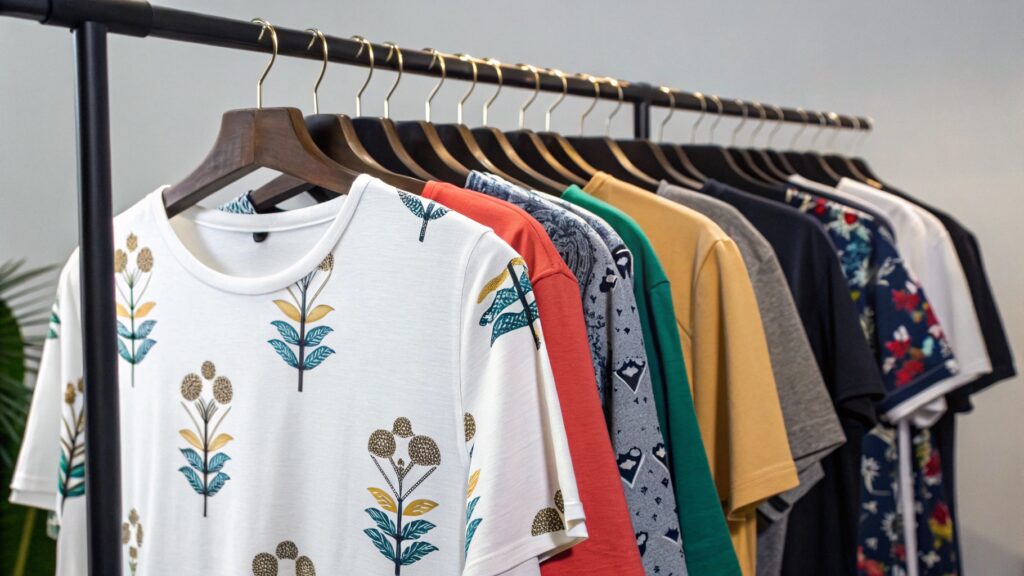
I have helped many businesses navigate the complexities of corporate gifting, and I have learned that selecting a T-shirt printer is similar to choosing any key supplier for your brand. It is a critical decision that impacts your brand image directly. I want to share my insights to help you avoid common pitfalls and find a partner who truly understands your needs.
Is It Expensive to Print Shirts?
Are you worried about breaking the bank when printing custom shirts? Many assume high quality always means high cost, but that is not always true. The actual expense depends on many factors, and understanding them helps manage your budget effectively.
The cost of printing shirts varies based on quantity, complexity of the design, number of colors, printing method, and the quality of the T-shirt material1. While small orders can be more expensive per shirt, bulk orders significantly reduce the unit cost, making it more affordable for larger quantities.
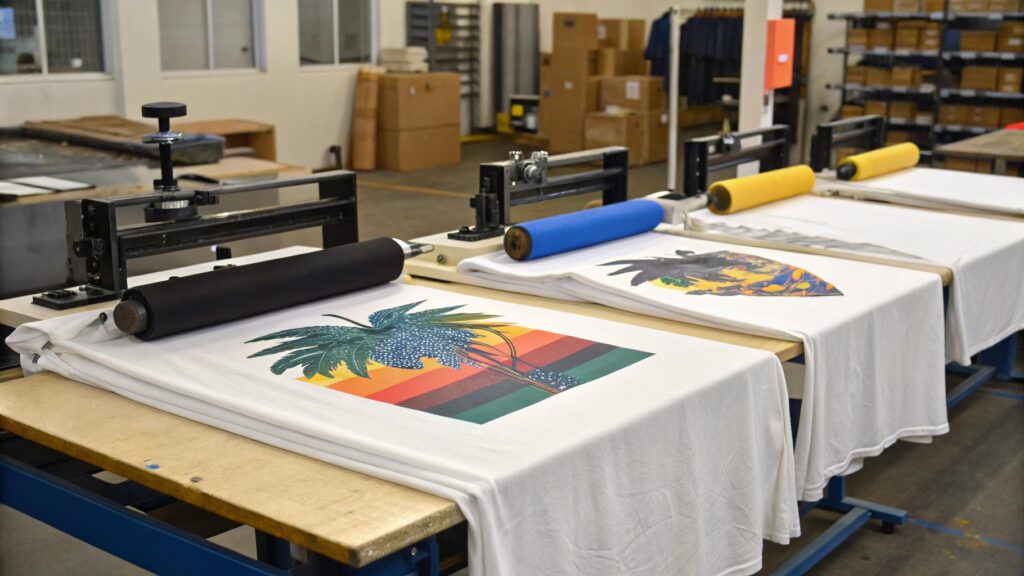
I often hear concerns about pricing, and it is a valid point. Nobody wants to overpay. From my experience, a transparent printing partner will help you break down the costs. They will explain how each choice impacts the final price. This clarity empowers you to make informed decisions that align with your budget without compromising too much on quality.
Breaking Down the Cost Factors
Several elements influence the total cost of T-shirt printing. It is not just a flat rate per shirt.
- Quantity: Larger orders almost always mean a lower price per shirt. Printers can optimize their setup for bulk runs.
- Design Complexity: A design with many colors or intricate details can increase costs, especially for certain printing methods.
- Number of Print Locations: Printing on the front, back, and sleeves will naturally cost more than just a single print.
| Factor | Impact on Price | Best Practice for Cost Savings |
|---|---|---|
| Order Quantity | Higher quantity = Lower unit price | Order in bulk whenever possible |
| Number of Colors | More colors = Higher cost (screen print) | Simplify design for screen printing |
| Printing Method | DTG for small, Screen for large | Choose method based on order size |
| T-shirt Material | Premium fabrics cost more | Balance quality with budget needs |
For example, I worked with a startup that needed 50 shirts for an event. Their initial quote was higher than expected. By discussing it with the printer, we learned that switching from a complex, multi-color design to a simpler two-color design for their small order significantly reduced the price. This kept them within budget and still delivered a professional look. It proves that a good printer works with you.
Which Type of T-Shirt Printing Is Best?
Are you confused by terms like DTG, screen printing, and sublimation? Choosing the "best" T-shirt printing method is not about one being superior; it is about matching the right technique to your specific needs. Each method has its strengths and limitations.
The best T-shirt printing method depends on your design's complexity, desired quantity, fabric type, and budget. Screen printing is ideal for bulk orders with fewer colors, while Direct-to-Garment (DTG)2 excels at intricate, multi-color designs on smaller runs. Sublimation is best for vibrant, full-color prints on polyester fabrics.
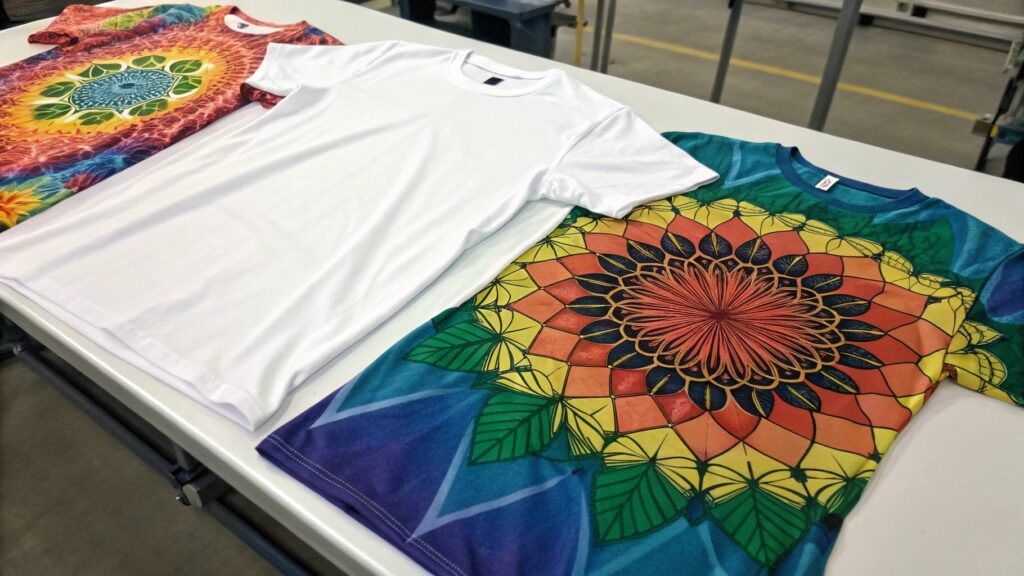
I have seen businesses make the wrong choice here, leading to poor print quality or unnecessary expenses. Understanding the differences is vital. A knowledgeable printer will guide you through this, explaining which method suits your artwork and goals best. They will show you why one technique is perfect for a small batch of detailed designs, while another is more efficient for thousands of simple logos.
Understanding the Main Printing Techniques
Each printing method offers different results and is suited for different projects.
- Screen Printing3: This is a classic method, excellent for vibrant colors and large quantities. It uses stencils (screens) for each color.
- Direct-to-Garment (DTG): Think of it like an inkjet printer for fabric. It is great for highly detailed, full-color images and smaller orders.
- Sublimation: This method infuses ink directly into polyester fabric, creating a print that is smooth to the touch and incredibly durable.
| Printing Method | Ideal For | Pros | Cons |
|---|---|---|---|
| Screen Printing | Bulk orders, simple designs | Durable, vibrant colors, cost-effective for large runs | Not ideal for complex designs/many colors, setup costs |
| Direct-to-Garment (DTG) | Small orders, complex designs | High detail, unlimited colors, soft feel | Best on cotton, can be less durable than screen print |
| Sublimation | Polyester fabrics, full-color | Fade-resistant, vibrant, smooth hand | Only works on light polyester, no cotton |
| Heat Transfer Vinyl (HTV) | Names/numbers, small quantities | Versatile on different fabrics, vibrant | Can feel thick, may crack/peel over time |
For example, when a client needed intricate, photographic designs for a limited-edition merchandise run, I advised them towards DTG printing. The detail and color vibrancy were crucial for their brand image, and the smaller quantity made DTG the cost-effective and quality-driven choice. Conversely, for a large corporate event with simple logos, screen printing was the clear winner due to its durability and cost efficiency for mass production.
How Long Do Printed Shirts Last?
Are you worried your custom T-shirts will fade or crack after a few washes? Durability is a huge concern for many buyers, and rightly so. You invest in these shirts to represent your brand, so you want them to last.
The longevity of printed shirts depends heavily on the printing method, the quality of the ink and fabric, and how well the shirt is cared for. Screen-printed and sublimated shirts tend to last the longest, often outliving the garment itself, while DTG prints offer good durability with proper care. Heat transfers may have a shorter lifespan.
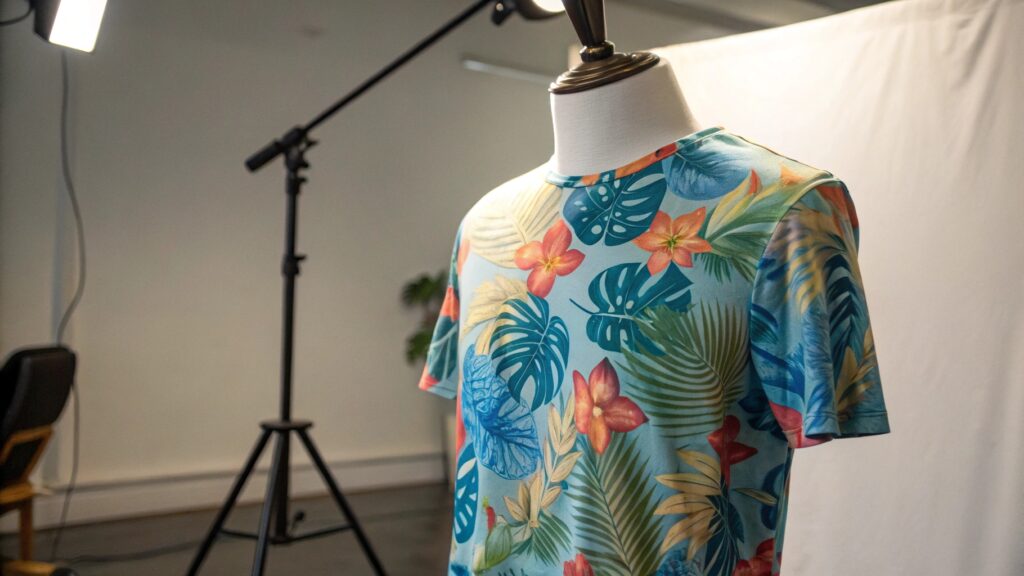
I have seen far too many businesses regret choosing a cheaper option only to have their logos flake off after a few washes. This damages their brand perception. A reliable printer will discuss expected longevity and provide care instructions. I always tell my clients that investing a little more upfront for a durable print saves money and protects your brand image in the long run.
Factors Affecting Print Durability
Understanding what makes a print last helps you choose wisely and care for your shirts properly.
- Printing Method: As mentioned, some methods are inherently more durable due to how the ink adheres to the fabric.
- Ink Quality: High-quality inks are formulated to resist fading, cracking, and peeling, even after many washes.
- Fabric Type: The material of the shirt itself impacts how well the ink bonds and holds up over time.
- Washing & Care: Proper washing—like turning inside out and using cold water—can significantly extend the life of a print.
| Printing Method | Expected Durability | Care Tips for Longevity |
|---|---|---|
| Screen Printing | Excellent (often outlasts shirt) | Wash cold, inside out; tumble dry low or hang dry |
| Direct-to-Garment (DTG) | Good to Very Good | Wash cold, inside out; air dry recommended |
| Sublimation | Excellent (permanent bond) | Wash cold/warm, inside out; tumble dry low |
| Heat Transfer Vinyl (HTV) | Moderate | Wash cold, inside out; avoid direct ironing on print |
I recently had a client who ordered uniforms for their team. They chose screen printing for the company logo because of its known durability, even though it was a slightly higher initial cost than DTG. After a year of regular wear and washing, the logos still looked vibrant and sharp. This proved to them that choosing durability over the lowest price was the right decision for their brand's professional image.
Conclusion
Choosing a T-shirt printing company is a strategic decision for your brand. Look beyond just price. Focus on consistency, scalability, and their ability to align with your brand's vision. Partner with a printer who understands your goals and helps you create impactful, lasting T-shirts.
-
Understanding T-shirt materials is crucial for quality prints. Explore this link to learn about the best fabrics for your custom shirts. ↩
-
DTG printing offers high detail for custom designs. Learn more about its benefits and when to use it for your projects. ↩
-
Screen printing is a popular method for T-shirt printing. Discover its process and benefits to make informed choices for your designs. ↩




